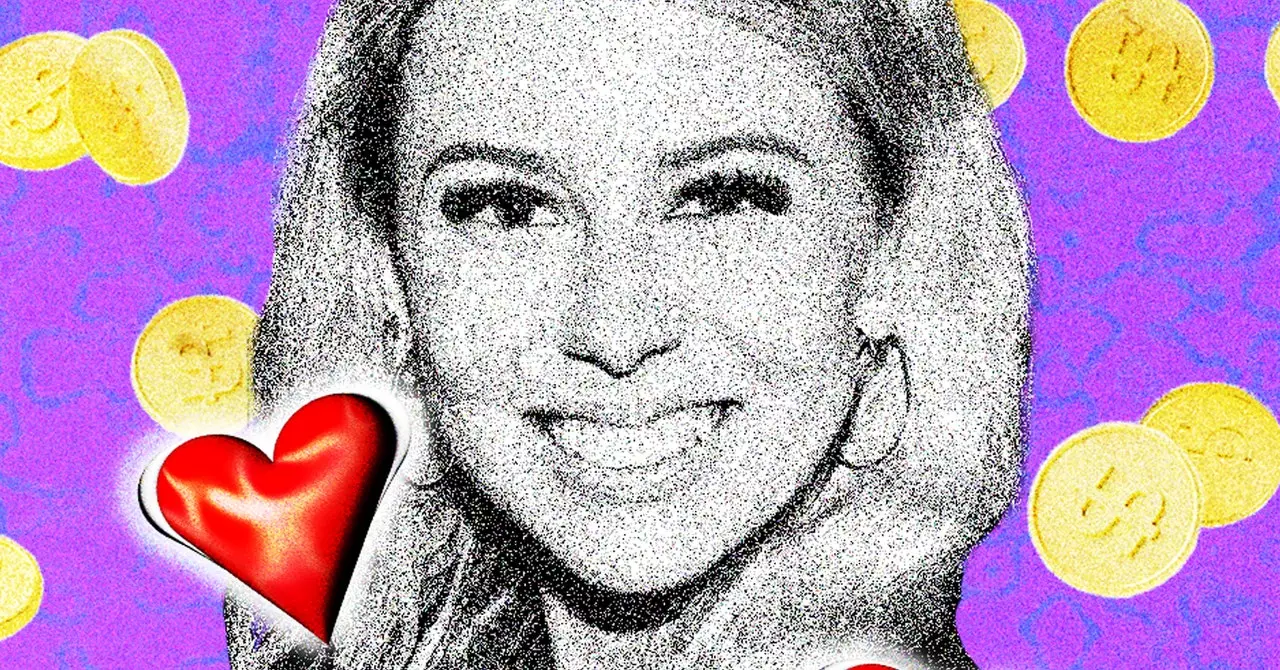In the evolving landscape of cryptocurrency, memecoins have emerged as a playful, yet bewildering arm of the industry. Often born from internet memes or cultural references, these cryptocurrencies eschew traditional financial analysis and rely more on community engagement and viral popularity. The rise of memecoins, notably Dogecoin and Shiba Inu, reflects an intriguing blend of humor and finance, capturing the attention of retail investors eager for quick returns. However, this phenomenon raises critical questions about the implications for both the crypto industry and investors.
As hedge funds and investment firms increasingly dip their toes into memecoin waters, many view this trend as a novel pathway to attract new participants into the crypto space. Pantera Capital describes memecoins as a potential “Trojan horse,” serving as an entry point for driven investors who might eventually explore more valuable projects with intrinsic utility. According to Robert Le, a crypto market analyst at PitchBook, the current enthusiasm around memecoins generates a burgeoning audience that could be redirected towards more substantive ventures in the industry. The conundrum lies in attempting to balance the allure of quick gains with long-term sustainability.
While some analysts see memecoins as future vehicles for attracting investment in serious blockchain projects, others warn of the significant risks that come with them. The prevailing notion that the cryptocurrency market is ultimately a “casino” where gambling overshadows genuine innovation can deepen public skepticism. As Eddy Lazarin, a CTO at a16z, emphasized, the mainstream perception of crypto rests on precarious ground if memecoins dominate the conversation. Described as the very embodiment of speculative trading, memecoins can indeed undermine serious efforts in favor of frivolity.
This skepticism is echoed by Chris Dixon, another figure at a16z, who points out an ironic disparity: While absurd memecoins flourish unregulated, meaningful crypto initiatives face scrutiny from U.S. financial regulators. Entrepreneurs striving to create substantive products within this ecosystem often find themselves navigating a complex regulatory landscape, while memecoins, essentially built on a foundation of laughable absurdity, remain untouched. This dichotomy illustrates a critical challenge within the realm of cryptocurrency, where the most frivolous concepts garner the most freedom.
Whether memecoins impact the credibility of the crypto industry remains hotly debated. Critics argue that speculative behavior perpetuates a misunderstanding of cryptocurrency as a meaningful financial tool and reinforces the stereotype of an untamed market filled with opportunistic traders. Khan, a digital asset commentator, highlights a glaring truth: for every winner in the memecoin space, there is invariably a loser, often those least equipped to recover from their losses. This unfairly targets vulnerable populations and exacerbates existing economic disparities.
As the gambling-like nature of memecoins becomes manifest, regulators are contemplating intervention. Le asserts that memecoins could be best governed by gambling authorities, given their resemblance to betting rather than conventional investment. Rumblings from state regulators suggest a growing recognition of the potential for harm, with memecoins standing at the cusp of future regulatory action. Yet until such mechanisms are enacted, the speculative nature of these coins will likely persist, enticing participants with tales of great wealth while leaving them exposed to significant risks.
Despite their tumultuous reputation, memecoins have demonstrated remarkable agility within the marketplace. New projects continuously vie for attention—whether through celebrity endorsements, as seen with figures like Azalea, who leverage her social media clout to promote her own memecoin, or by capturing public interest through quirky themes and narratives. Azalea’s venture into the memecoin sector speaks to the potential for blending pop culture with decentralized finance, creating an engaging ecosystem for her audience.
However, the core challenge resides in ensuring that these airy, meme-driven ventures transition into something with genuine utility. Azalea’s strategy of integrating her memecoin into a telecommunications project exemplifies an approach where the frivolity of meme culture can potentially serve a purpose, hinting at the simultaneous excitement and despair embedded in the memecoin phenomenon.
Memecoins represent a curious contradiction within the cryptocurrency domain—an area of vibrancy steeped in risk and speculation yet capable of paving pathways toward broader interaction with crypto-assets. As the community grapples with their ramifications, understanding the delicate balance between entertainment and substantive investment will be essential in determining the future trajectory of this unconventional sector.

